The 75 Years of Innovation series highlights the groundbreaking innovations spanning from SRI’s founding in 1946 to today. Each week, SRI will release an innovation, leading up to its 75th anniversary in November 2021.
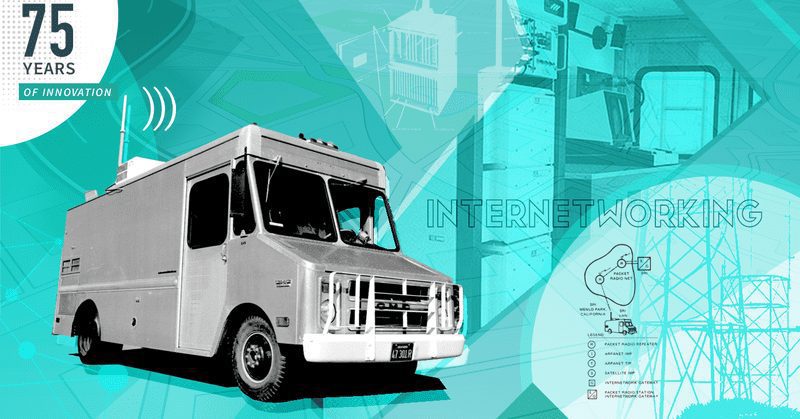
The world’s first connection across three dissimilar networks -– considered to be the first true internet connection
Internetworking and the birth of an internet standard
In the late 1960s, serious efforts to create a connected network of computers had begun. Many computer scientists and engineers toiled away, seeking ways to facilitate communication between computers. This research in the new field of internetworking led to the 1969 introduction of four general-purpose networks: ALOHAnet (created at Hawaii University), CYCLADES (created by Louis Pouzin), NPL Mark 1 (from the UK National Physics Laboratory), and ARPANET. SRI helped to develop ARPANET, perhaps one of the greatest inventions of the 20th century.
Connecting two or more of these networks led to the first internets–mini networks of separate computers all communicating together. ARPA (the Advanced Research Projects Agency) had a goal of connecting three of their networks: ARPANET, PRNET (packet radio network), and SATNET (satellite network). To make such connections possible, a new internet standard was needed. This standard, known as transmission control protocol (TCP) used a method known as packet switching to connect computers on the network.
Standards, like TCP, are vital to all forms of communication. The languages we speak and write are based on standards of grammar and syntax. Like human languages, computers also depend on standards to transfer information. TCP is a standard that describes the way that a network communicates between application programs during data exchange. During internet data transactions, TCP is combined with the internet protocol (IP) to determine how computers transfer packets of data between each other (TCP/IP).
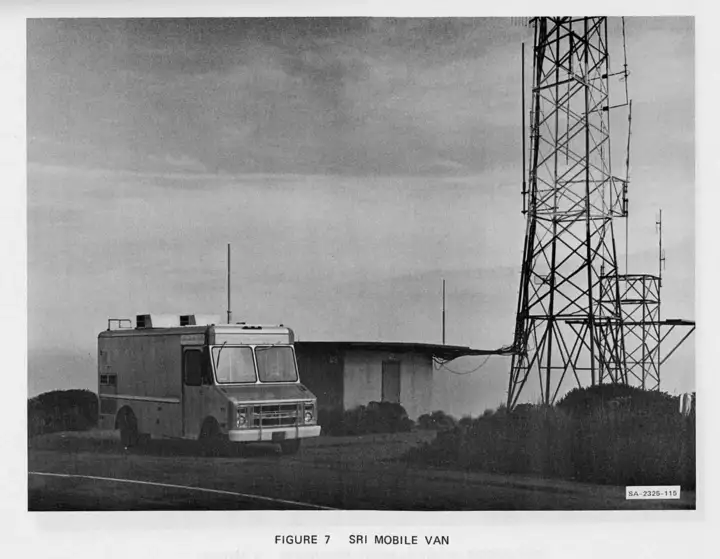
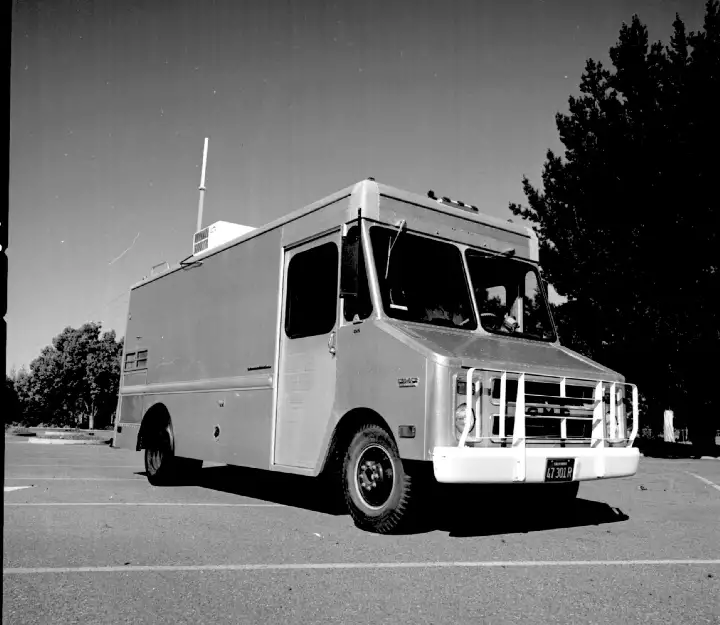
A node in a van
Once the TCP standard was designed, the connection between separate computer networks was ready to be tested. SRI International came up with the novel idea of setting up a computer node in a van. Because the van was mobile, it could be driven to different locations to test the robustness of the network’s connectivity. In August 1976, the van, containing the eight-member research team, parked next to an alpine inn in Portola Valley, California. This location was chosen because it was far enough from SRI International to provide a valuable test but close enough to maintain radio contact.
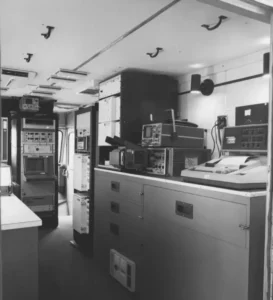
To test the connectivity, words were typed on a computer terminal in the inn, and a pair of cables ran from the terminal to the parking lot and into the van, where the computer node translated the typed characters into packets of data. These packets were then transmitted as radio signals back to the SRI base at Menlo Park via a repeater on a nearby mountain. Once the radio signals arrived at base, these data packets became electrical signals in the wired ARPANET network.
This successful test demonstrated the connection of ARPANET to PRNET via SRI. SRI had successfully connected these separate networks, and internetworking was a reality.
By November 1977, the van’s node was connecting not only to the ARPA networks but also to other networks across Europe. The internetworking van traveled around the bay area, acting as a conduit for a full-scale coordinated transmission across several states and to Europe, testing the robustness of TCP for data communications. Data was sent via the SRI International TCP van through ARPANET to Europe then back to the SRI van via SATNET and ARPANET. This was the world’s first connection across three or more dissimilar networks and is considered the first true internet connection.
I heart the internet
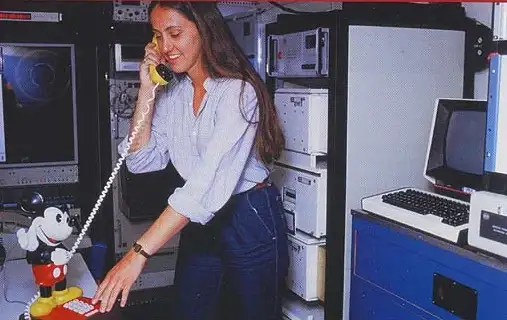
The development of the internet has been a truly collaborative affair, and SRI International has played a significant role in this collaboration. The SRI internetworking van was the first field test of TCP and set the path to the internet we use today. TCP/IP is now the standard for internet data transmission. As such, TCP-IP can be considered the heart of the internet and the world wide web. SRI was instrumental in making sure that this heart beats to this day.
Resources
ARPANET: https://sri.com/story/75-years-of-innovation-arpanet/
YouTube, Computer History Museum, Where the Internet was Born: https://youtu.be/H8dn9tTPsAA


